Design Considerations for Your Vegetable Garden
There’s nothing like fresh produce from the garden. Crisp, tasty, fresh and packed with nutrients... Yum! It’s part of my heritage, part of the heritage of my Holmes County neighbors and friends. Both my grandmas and my mom grew gardens to provide food for our families. They planted seeds and harvested a pantry full of goodies. It was cost effective and therapeutic all at the same time. I tried my hand at it a bit when I first married, but apparently I did not inherit the green thumb.
However, what I did inherit was the knack for space planning and strategy with the ability to dig. I’ve found that planning and designing a garden is just as instrumental in its success as having the green thumb required to making it flourish!
Begin with asking some questions.
First ask yourself, “Who will be doing the planting and growing? Who will be eating what is harvested? What are their needs? What are their preferences?”
Secondly, analyze where you plan to have your garden. Is the size of the plot limited or unlimited? Is it sunny or shaded, and during what hours of the day? Dry or moist? What is the soil type? Is it visible to others or private?
Consider the variety of garden designs
Classic: A classic, rectangular garden with long rows in a sunny area is a popular, traditional gardening design. This was the style that my grandmother used and I notice many neighbors using this gardening design as well. Vegetables are grown in rows and separated by walking paths for access.
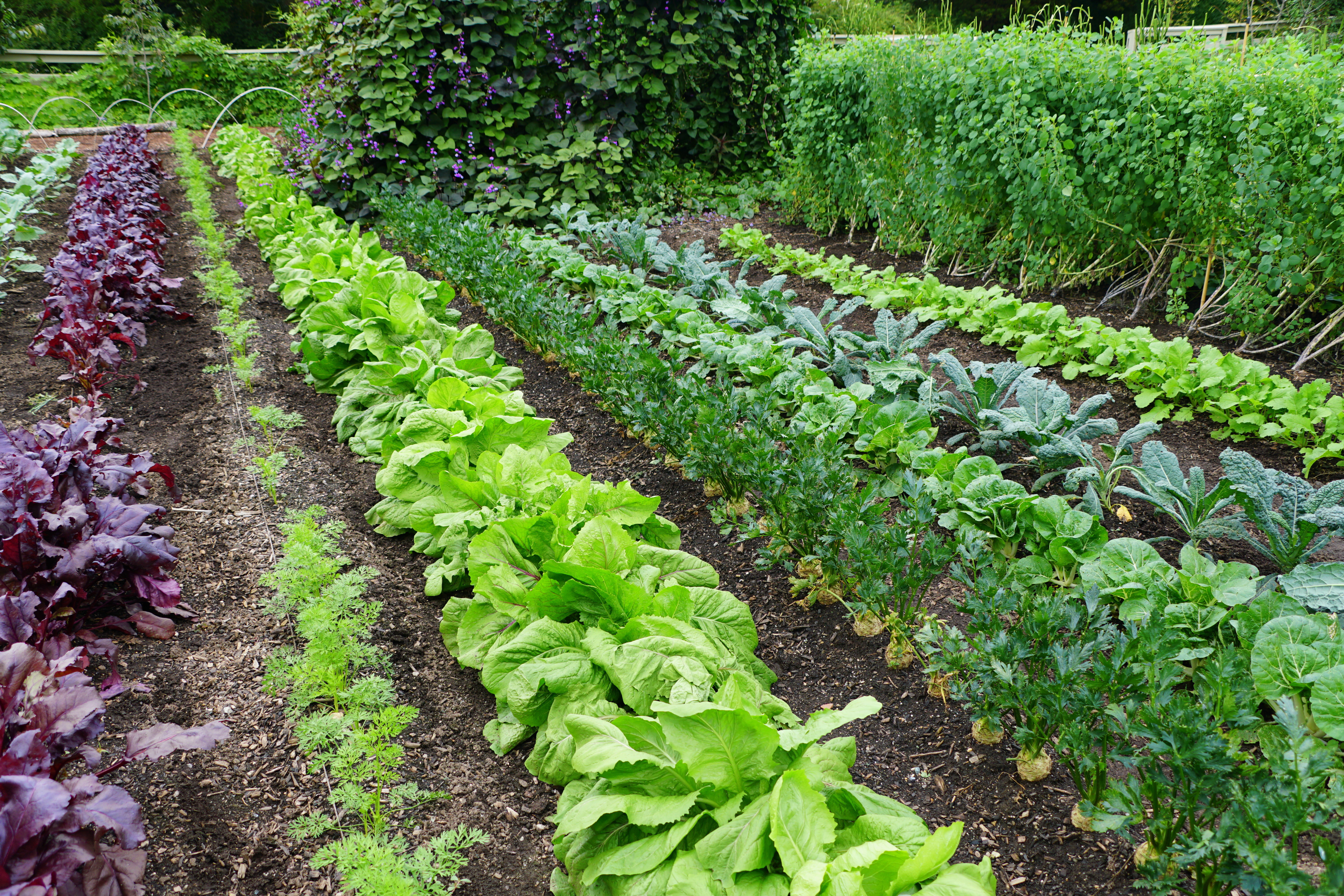
Square Foot Gardening: Another design option is called “square-foot gardening”. My mother was particularly intrigued with this style, as it incorporated small, rectangular patches of the garden with plants. These patches were filled with plants, equally distanced from each other and reachable from the edges of the patch. Between each patch was a walkable path of grass, gravel, or mulch.
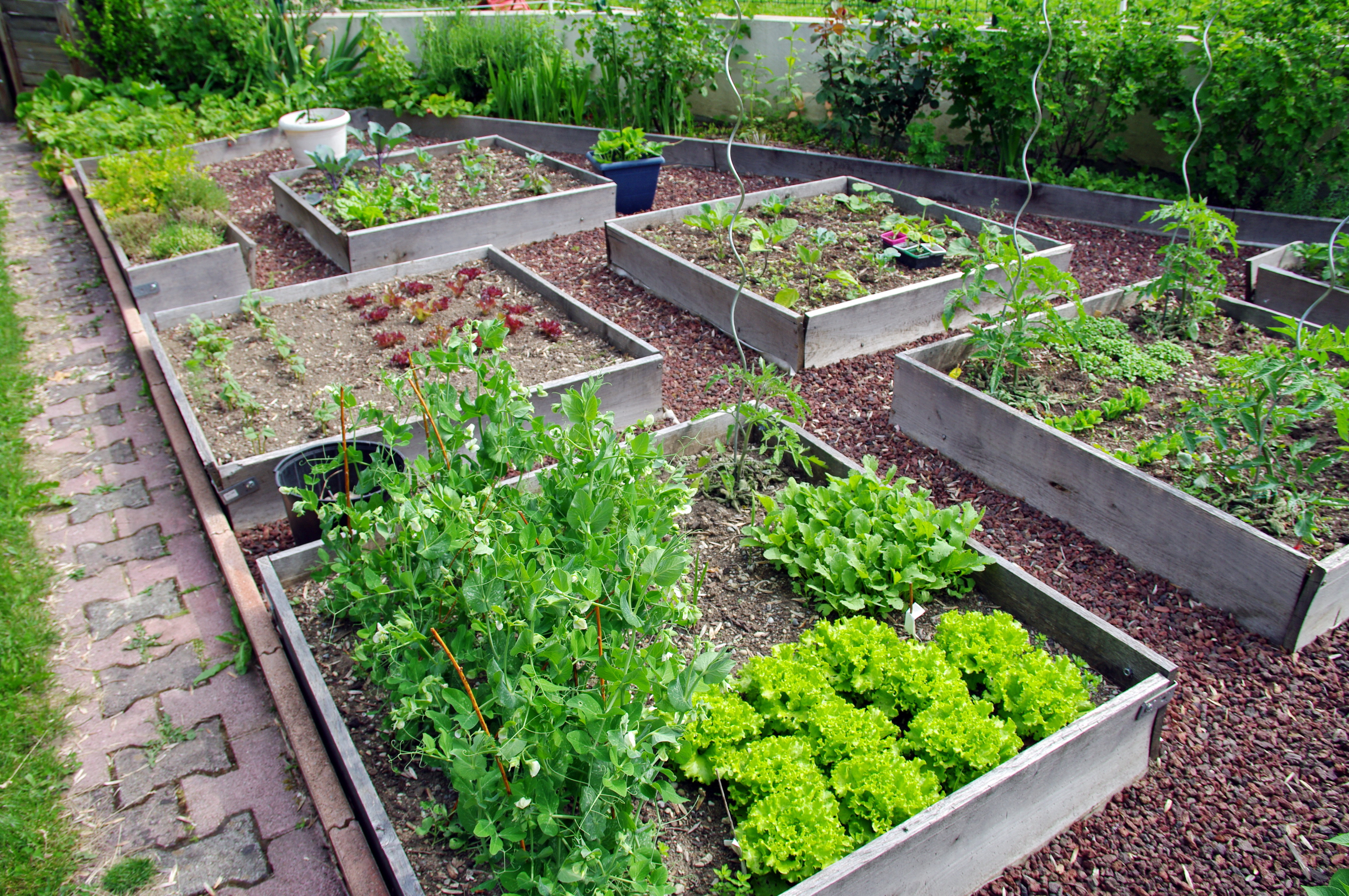
Raised Beds: Most recently, I helped my mom design raised garden beds. The layout was similar to the square foot gardening concept, but the rectangular areas have sides that are made of material that raises them off of the ground allowing the gardener to work at a higher level rather than constantly bending over. In these boxes we were also able to fill them with the exact soil that we wanted to use for growing.
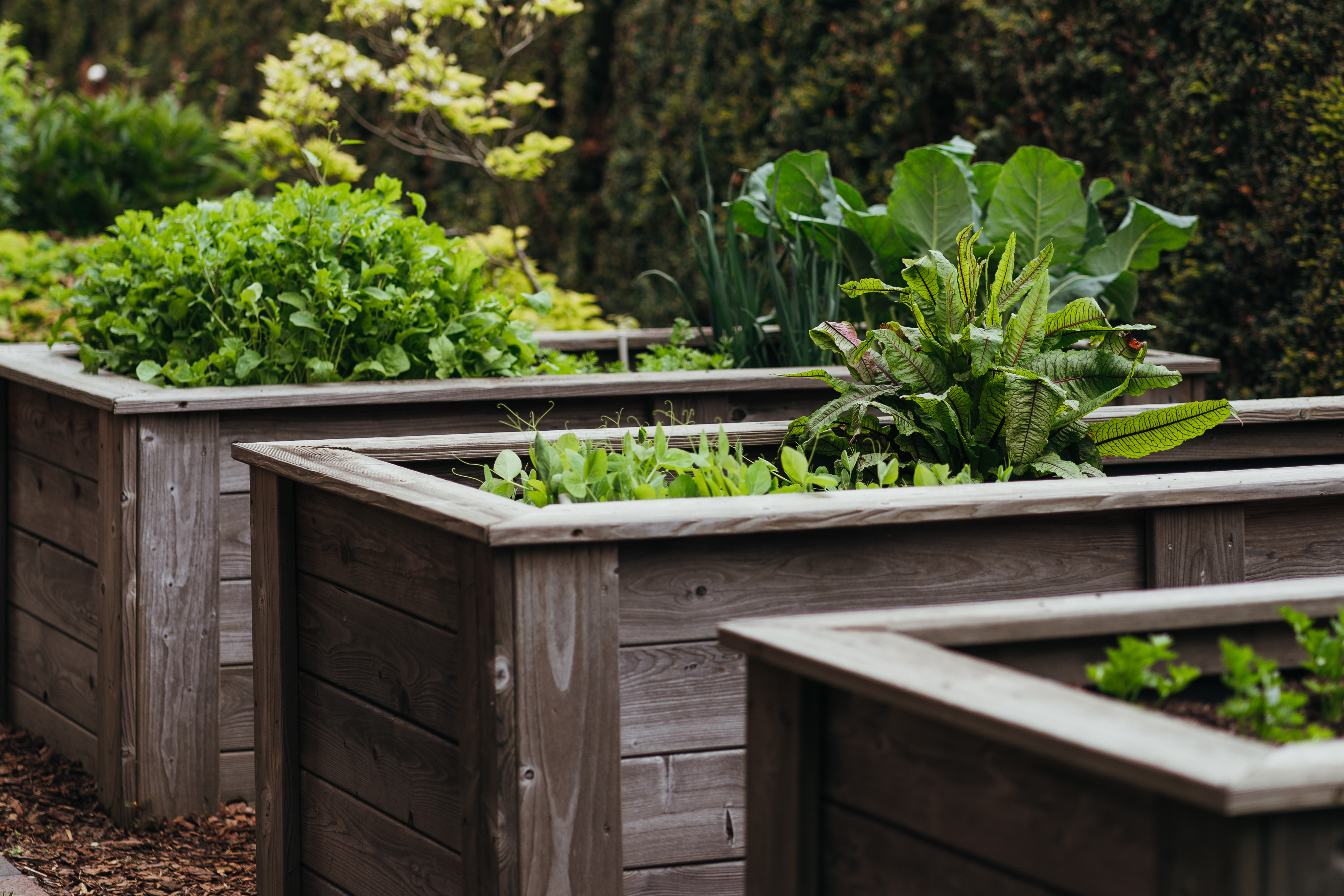
Vertical Gardening: Vertical gardening is a great option for anyone with limited space. You can also get creative with the design and make it a decorative part of your outdoor area. Options are endless for a vertical garden and you can set it up using a trellis, pallets or materials that you can be creative with!

Container Gardening: Container gardening gives you the ultimate flexibility by letting you plant in individual pots. You can move plants indoors if the weather becomes too cold or move them to adjust their location to get more sunshine.
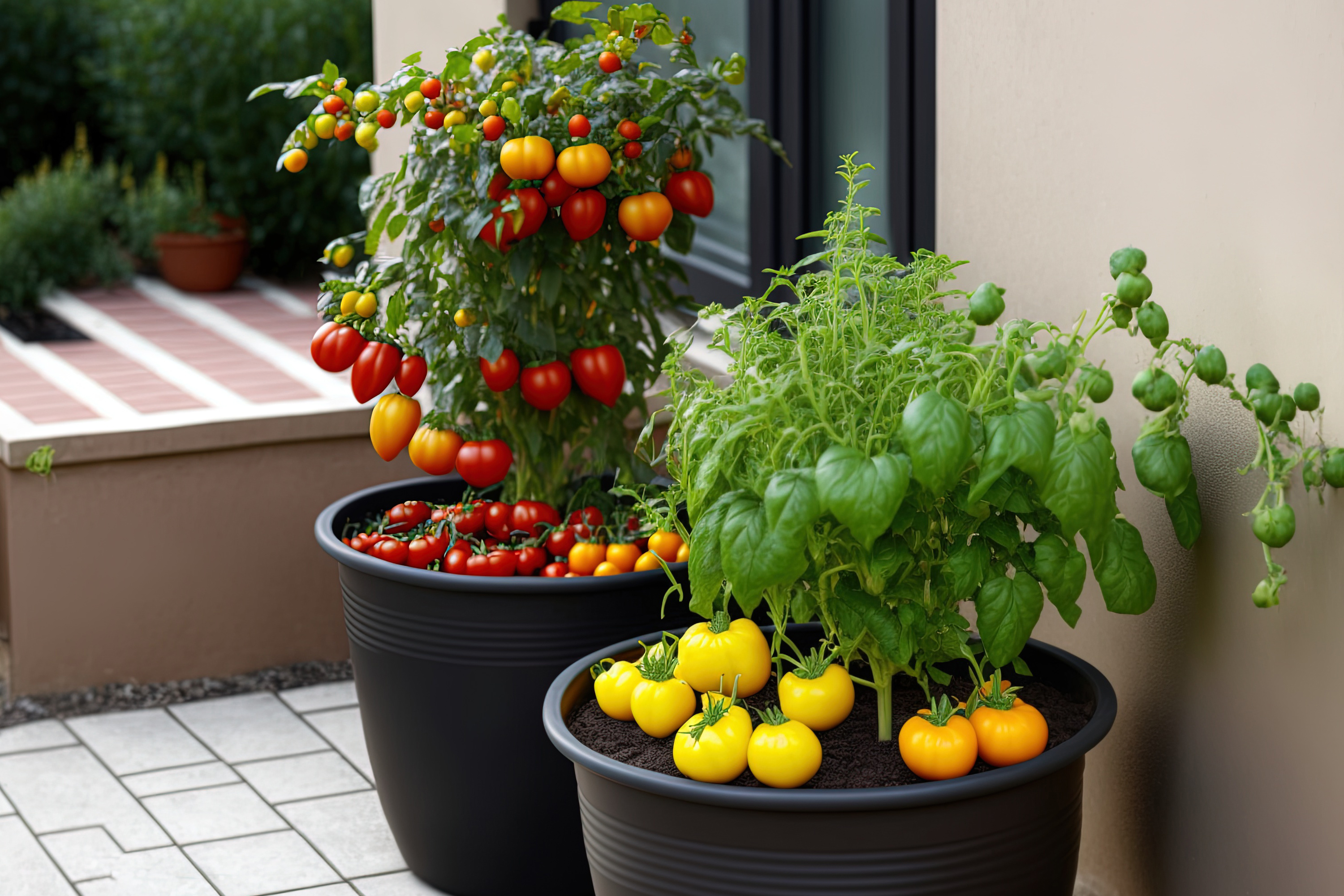
Raising veggies in your backyard takes some time, trial & error, but it’s so rewarding! After some time, you’ll find that the convenience of stepping into your backyard to harvest food straight from your garden will be very worthy of your planning and efforts.
Put your plans into action!
When you’re ready to start your garden, visit our Home Center for the supplies you’ll need! We offer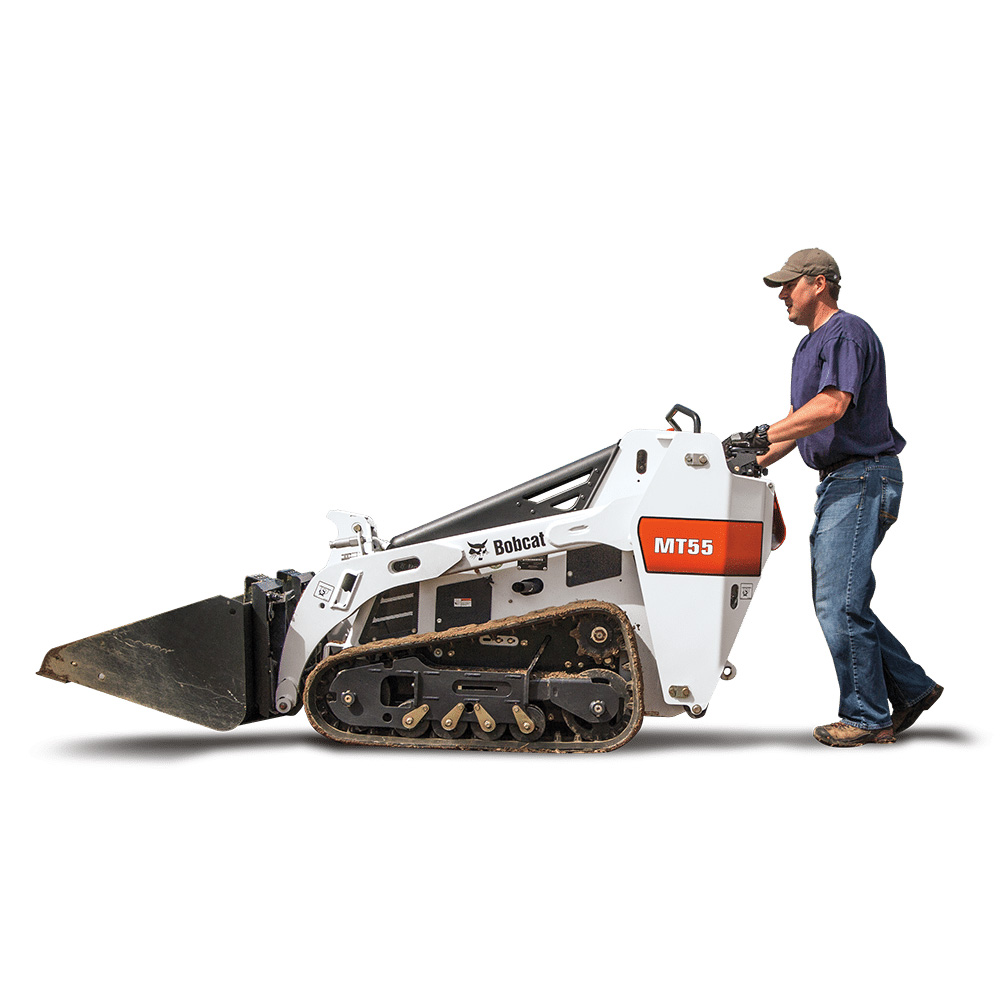 seeds, tools, fertilizer and potting soil. Our Lawn & Garden section even carries raised beds and a variety of tools you’ll need to get started. Is your project a bit more “heavy duty” or do you need to clear some space for the garden? Our Rental Center offers equipment such as Dingos, tillers and even excavators to make your garden a reality anywhere on your property!
seeds, tools, fertilizer and potting soil. Our Lawn & Garden section even carries raised beds and a variety of tools you’ll need to get started. Is your project a bit more “heavy duty” or do you need to clear some space for the garden? Our Rental Center offers equipment such as Dingos, tillers and even excavators to make your garden a reality anywhere on your property!
Our knowledgeable staff at Keim is ready to help you care for your project like we’d care for our own. Feel free to reach out with any questions you might have about tools and supplies for your home or gardening projects.
